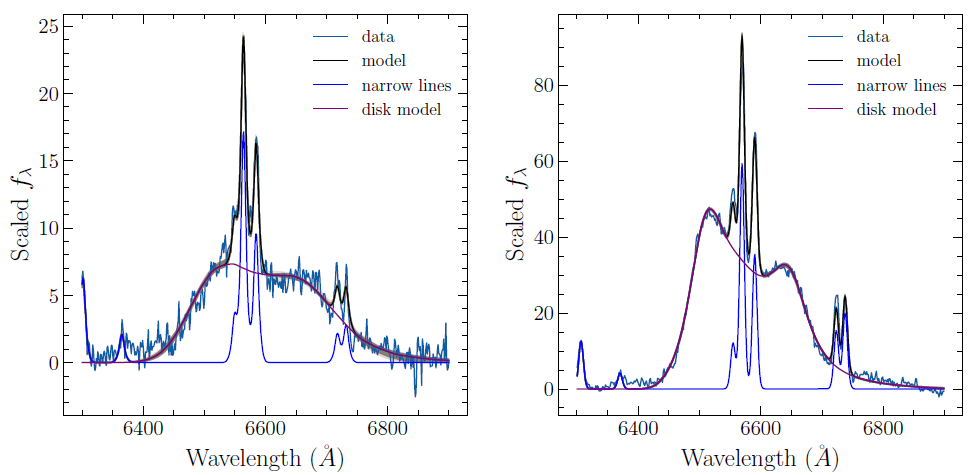Charlotte Ward

Assistant Professor
Department of Astronomy and Astrophysics
The Pennsylvania State University
Publications (ADS)
Publications (ORCiD)
Penn State Webpage
Theme based on template from orderedlist
| Intro | Research | Team | CV |
Research
Joint analysis of ground and space-based surveys
We develop image forward modeling techniques that combine multi-resolution imaging data from the Legacy Survey of Space Time at Rubin Observatory, the La Silla Schmidt Southern Survey, and the Euclid and Roman space telescopes. We contribute to the development of Scarlet2, a GPU-compatible multi-resolution scene modeling code which implements data-driven neural network priors for non-parametric galaxy morphologies and can be used to deblend transients from their host galaxies in multi-epoch imaging. We are using this software to confirm tidal disruption events from wandering black holes, measure the Hubble constant with strongly lensed supernovae, characterize populations of variable AGN at low mass and high redshift, and produce joint Euclid/Rubin galaxy photometry for cosmology.

Supermassive black hole accretion
We study the physics of SMBH formation and accretion by analyzing key AGN sub-populations: disk-emitting AGN in optical and X-ray surveys, changing-look AGN with young radio jets and visible accretion disk profiles, non-nuclear massive black holes in PanSTARRS and ZTF, low-mass AGN in dwarf galaxies, and radio-quiet AGN with variable emission in millimeter cosmology surveys.
